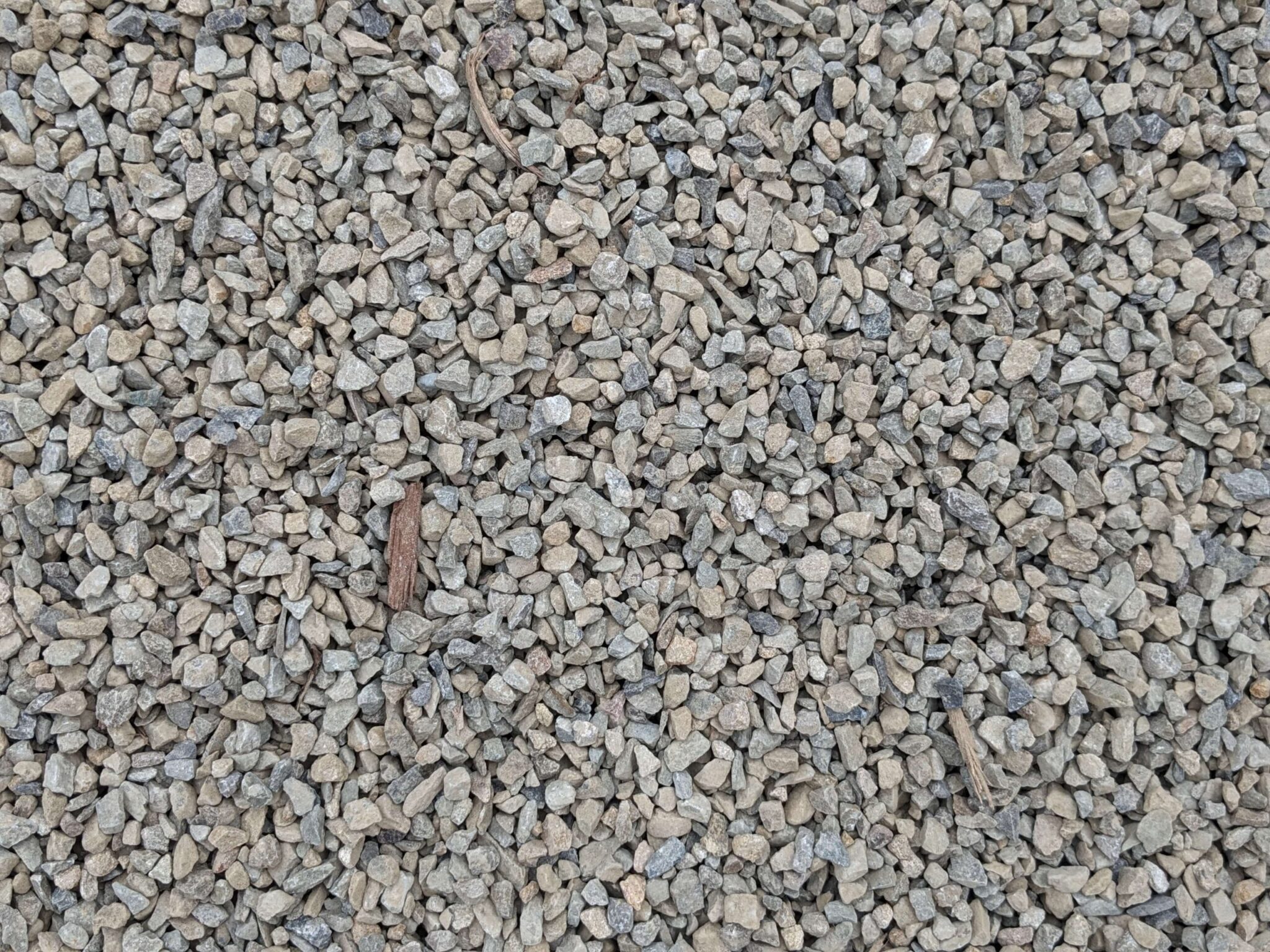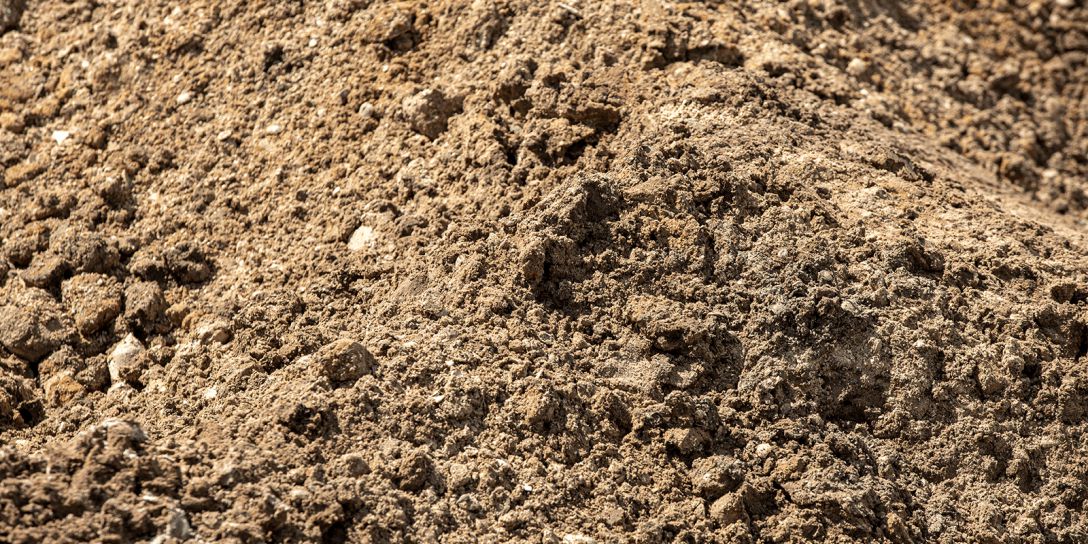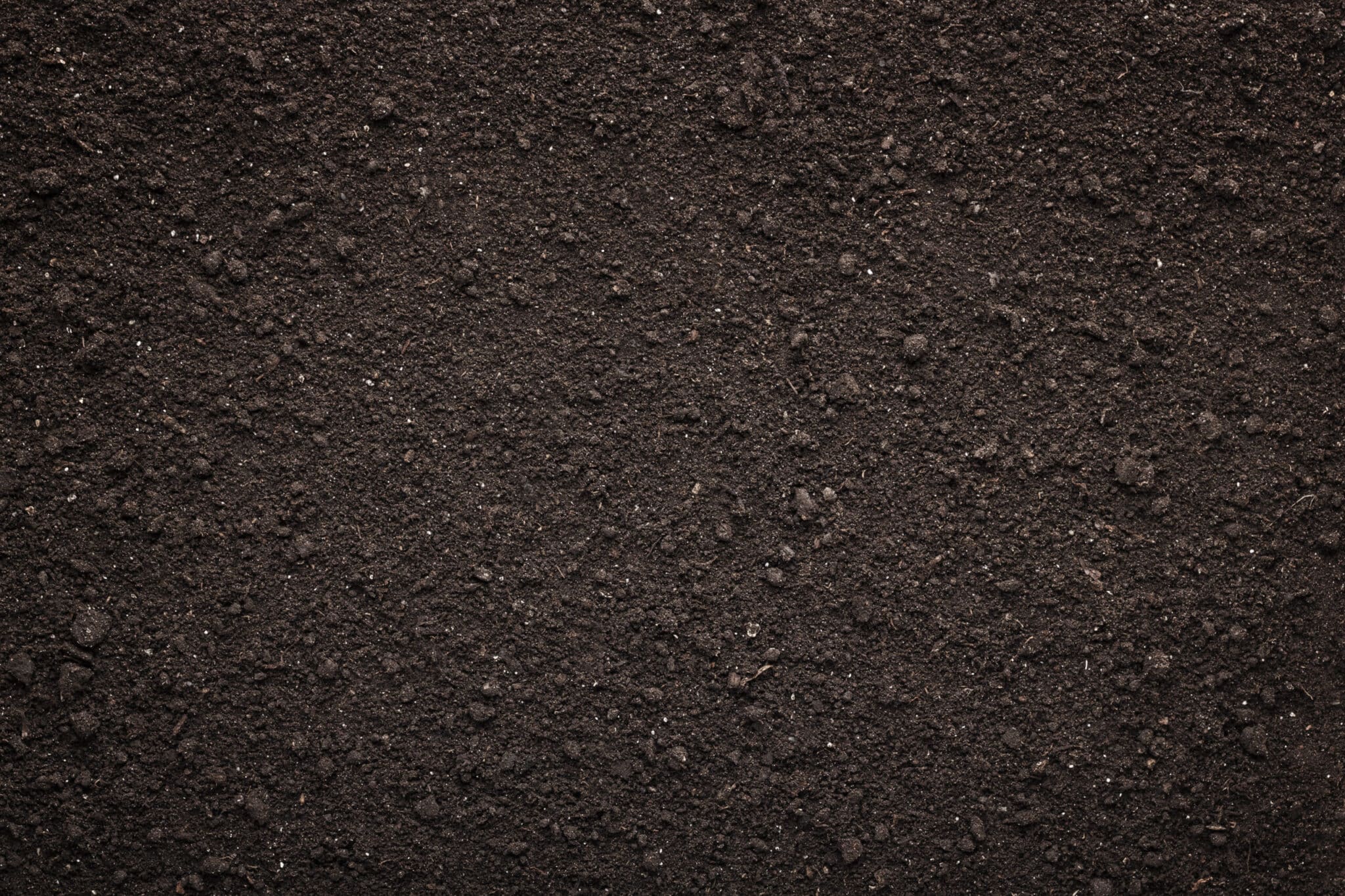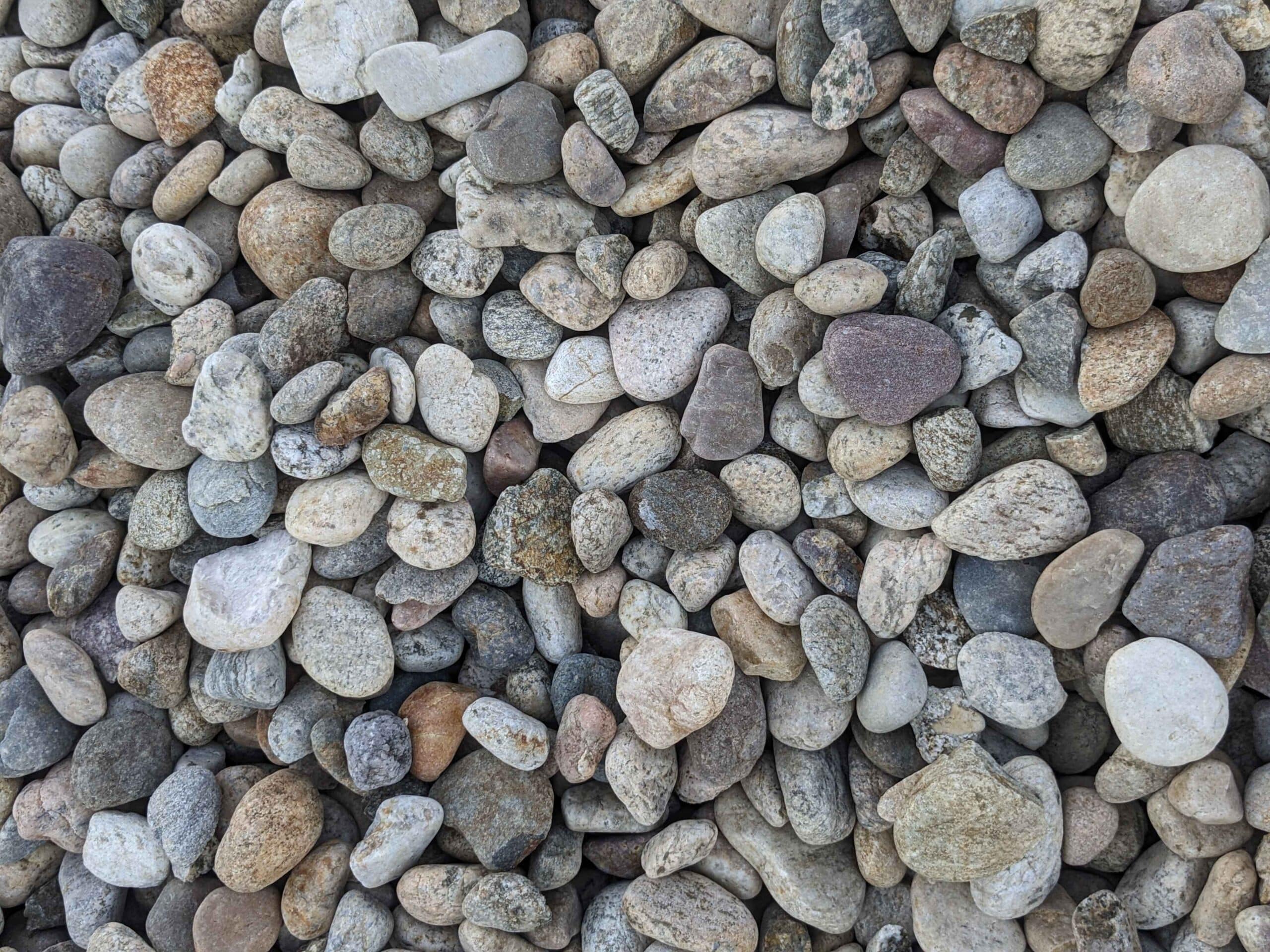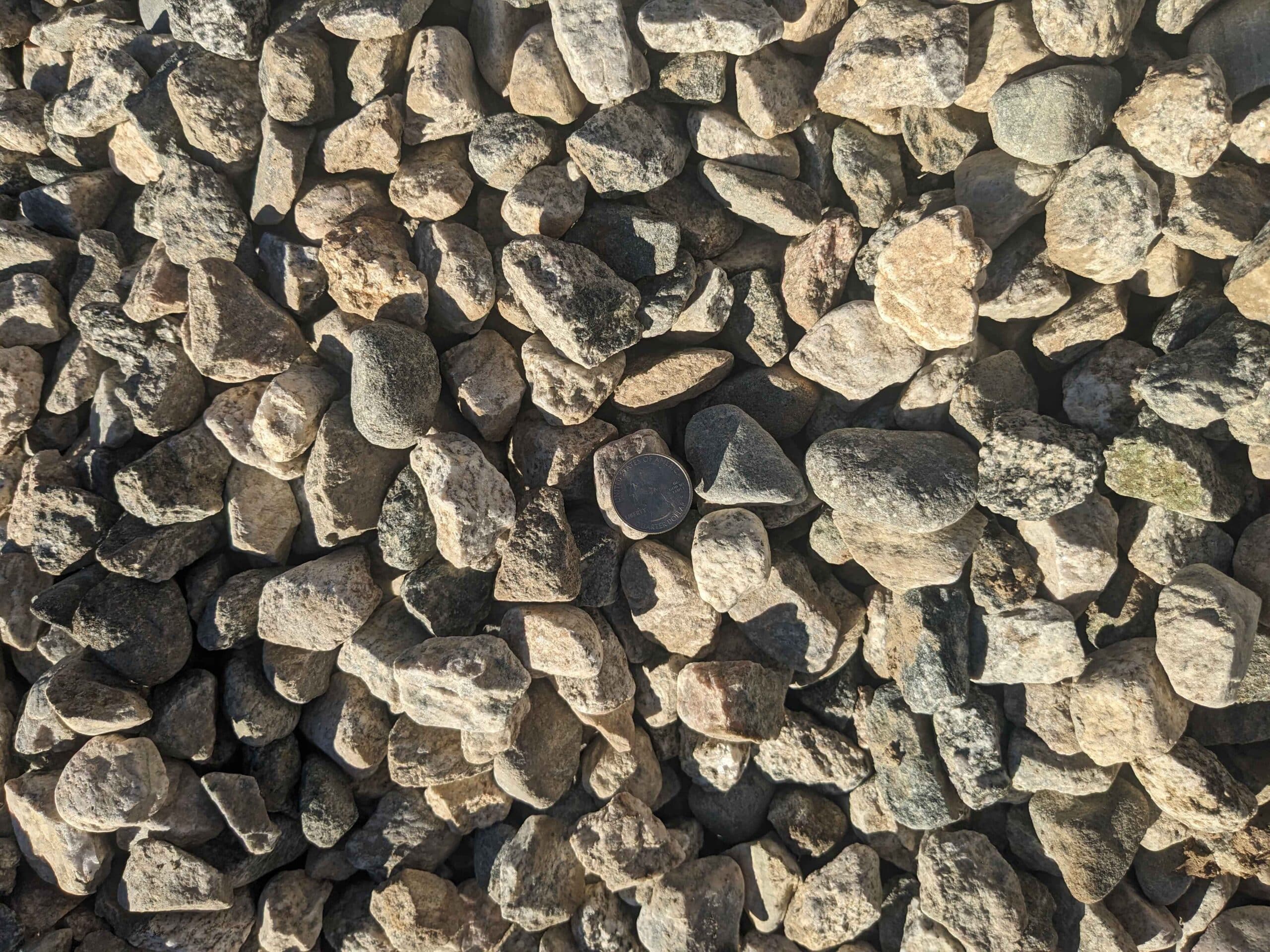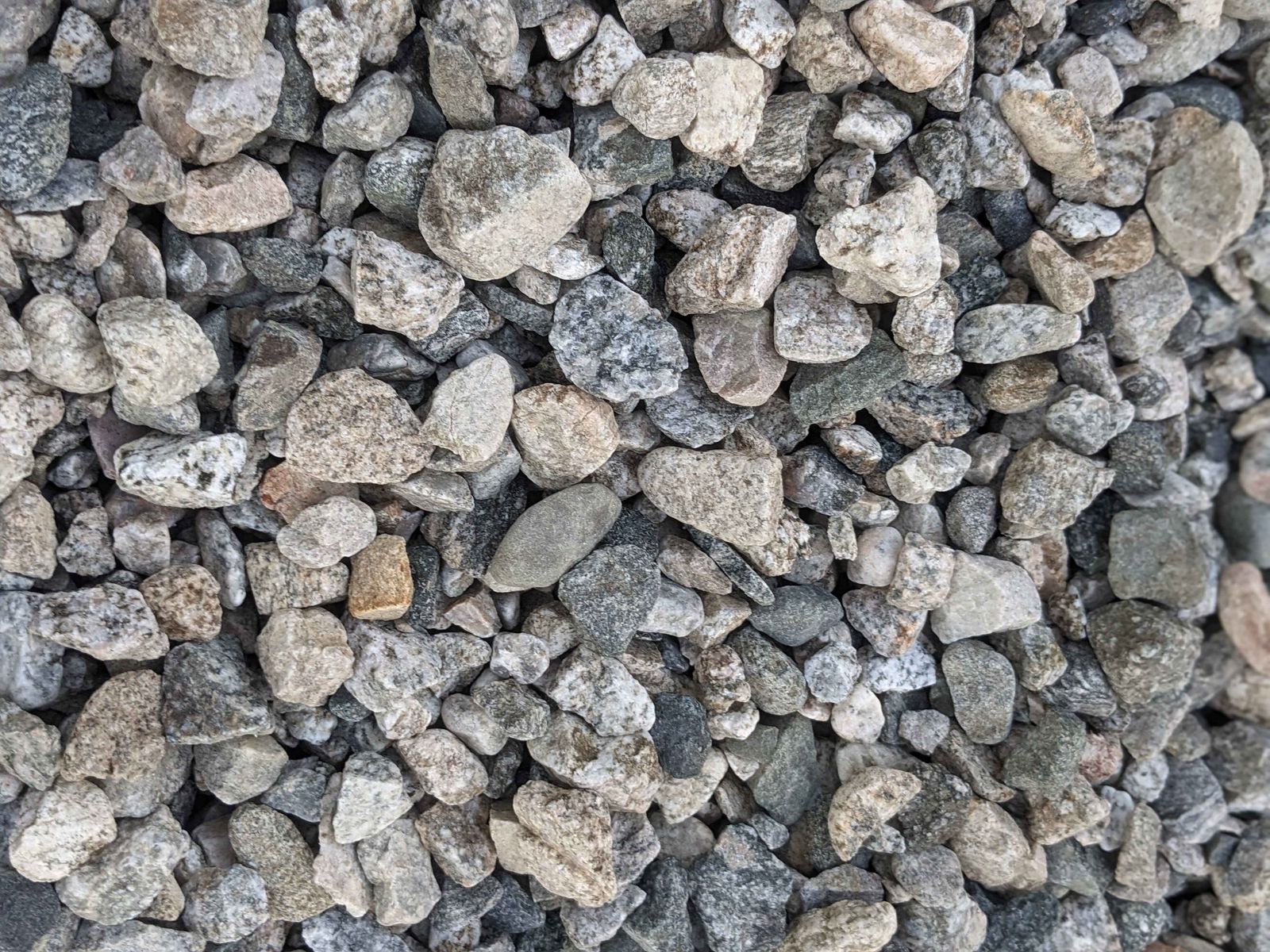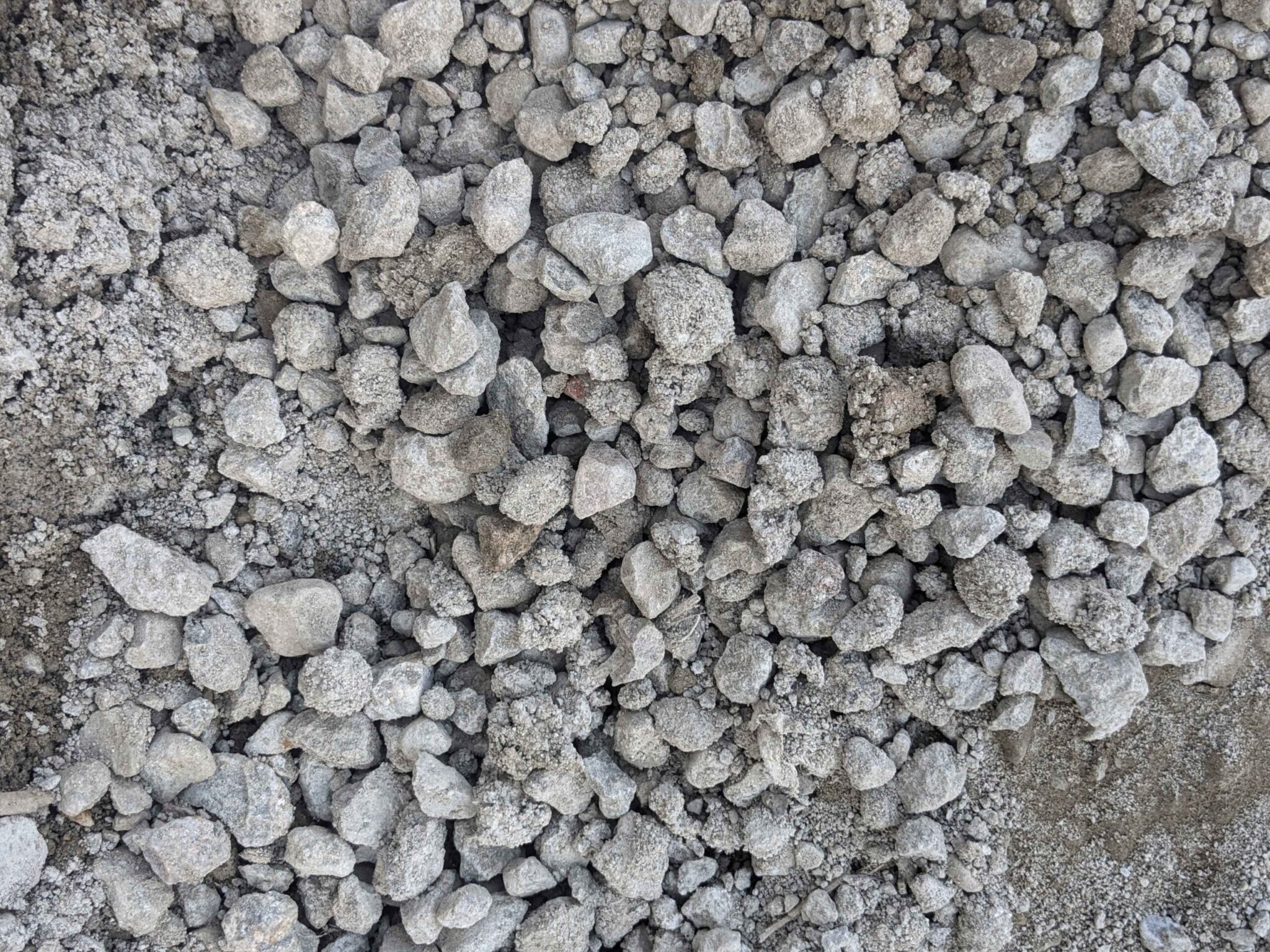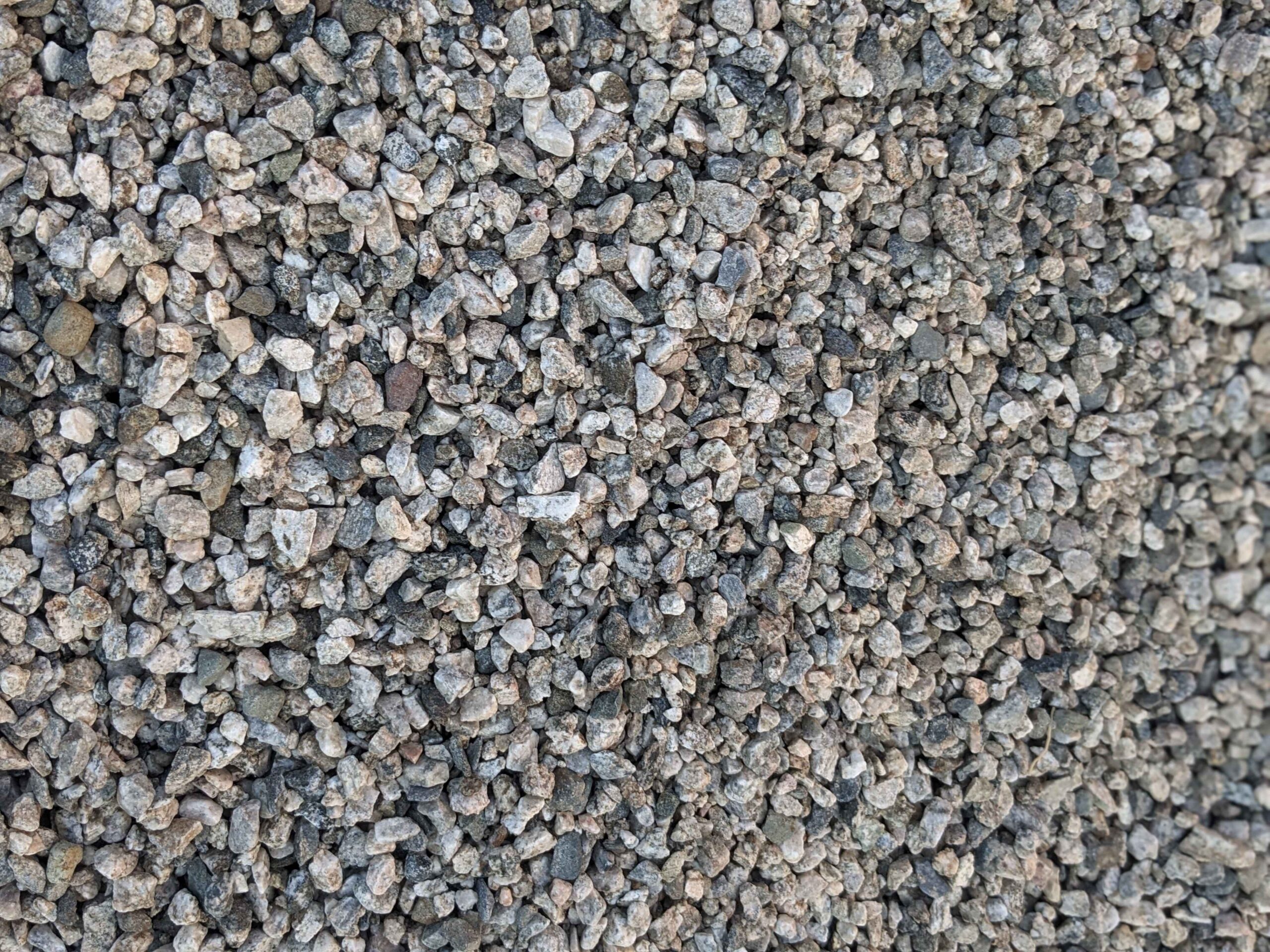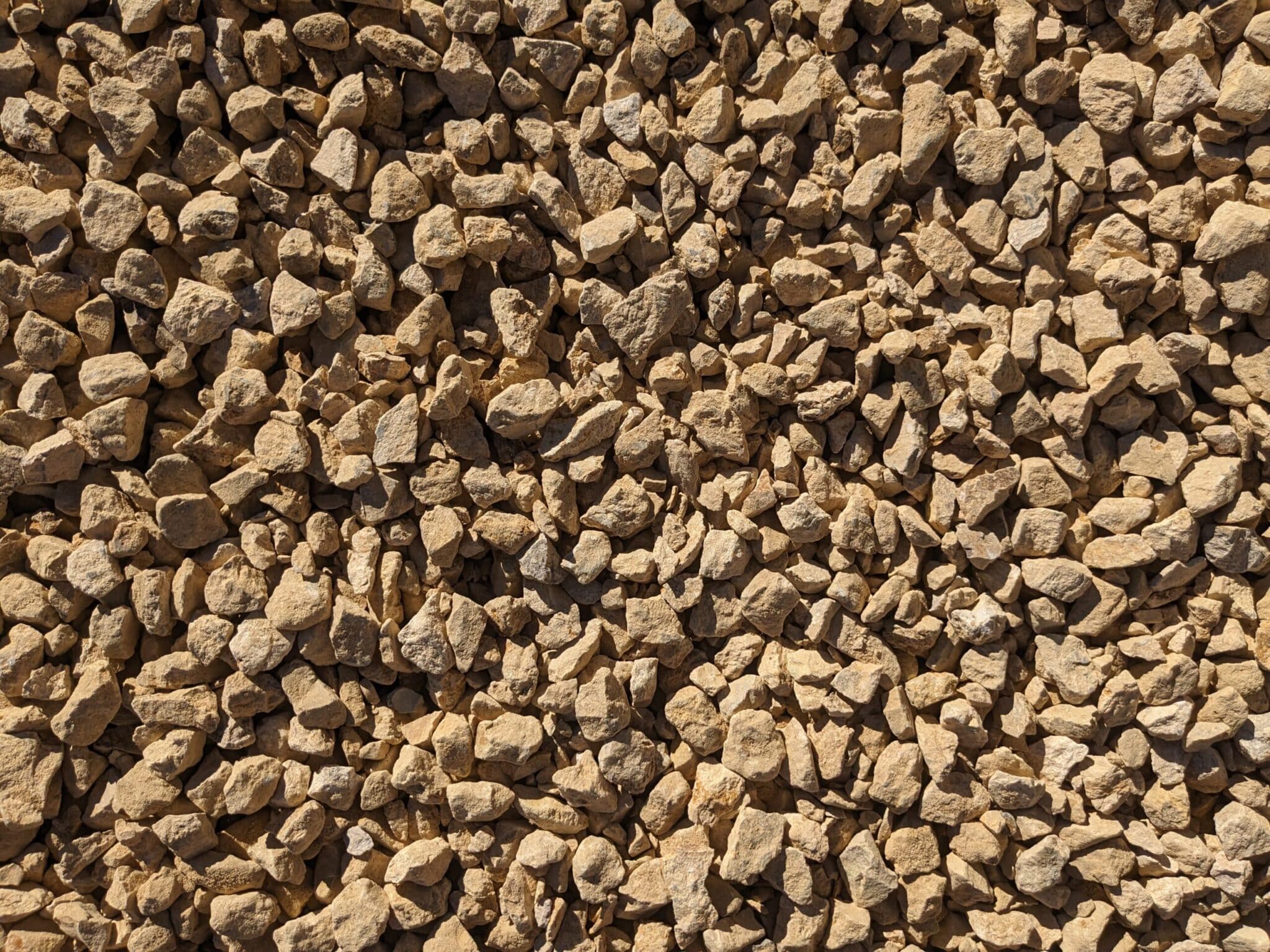What Type of Aggregate Base Is Best for Landscaping?
Hello Gravel
When planning a landscaping project, choosing the right materials is crucial. One of the most important decisions you’ll make is what type of aggregate base to use. An aggregate base provides a stable foundation that supports the weight of your landscaping features. Without a proper base, your project is likely to suffer from poor drainage, soil erosion, and other issues. In this article, we’ll take a closer look at the different types of aggregate bases and help you understand which one is best for your landscaping project.
Understanding Aggregate Bases for Landscaping
Before we dive into the different types of aggregate bases available, let’s first understand what an aggregate base is. Put simply, an aggregate base is a layer of crushed stone, gravel, sand, or recycled concrete that is compacted and leveled to create a stable foundation for landscaping features such as patios, walkways, and retaining walls. Depending on the size and scope of your project, the type of aggregate base you choose will play a critical role in the success of your landscaping efforts.
What is an Aggregate Base?
An aggregate base is a layer of materials that is placed on top of the soil and beneath the pavers, stones, or other landscaping materials you’re using for your project. The aggregate base is typically composed of a mix of materials and is designed to resist compression and provide adequate drainage to prevent water build-up and soil erosion.
When choosing the right aggregate base, it’s important to consider the size and weight of your project. If you’re working on a large-scale project, such as a commercial building or a public park, you’ll need a more substantial aggregate base to provide the necessary stability and support. On the other hand, if you’re working on a smaller project, such as a backyard patio or garden pathway, a lighter aggregate base may be sufficient.
Another important factor to consider when choosing an aggregate base is the type of soil in the area. If the soil is particularly soft or prone to erosion, you’ll need an aggregate base that can provide extra support and prevent soil from washing away over time.
Importance of a Proper Aggregate Base
Having a proper aggregate base is essential to ensuring your landscaping project lasts for years to come. When done correctly, an aggregate base provides a level, stable, and durable foundation for your project, preventing it from sinking, shifting, or cracking over time. In addition, the right aggregate base can help with drainage, preventing water from pooling on the surface, which can cause damage or make it difficult to use your outdoor space.
For example, if you’re installing a patio in an area that receives a lot of rainfall, a proper aggregate base can help prevent water from pooling on the surface, which can lead to slippery conditions and potential safety hazards. Similarly, if you’re installing a retaining wall, a proper aggregate base can help prevent the wall from shifting or collapsing over time, which can be dangerous and costly to repair.
Factors to Consider When Choosing an Aggregate Base
There are several factors to consider when selecting the best aggregate base for your landscaping project. The size and weight of your project, as well as the type of soil in the area, are critical in determining which aggregate material to use. Other important factors to consider include your budget, local regulations, and the aesthetic appeal of the aggregate material.
When it comes to budget, it’s important to remember that while a higher-quality aggregate base may cost more upfront, it can save you money in the long run by preventing costly repairs and replacements down the line. Additionally, local regulations may dictate which types of aggregate materials are allowed in your area, so it’s important to do your research and make sure you’re in compliance with any relevant laws or regulations.
Finally, the aesthetic appeal of the aggregate material is also an important factor to consider. While the primary function of an aggregate base is to provide stability and support, it can also contribute to the overall look and feel of your landscaping project. For example, if you’re going for a natural, rustic look, you may want to choose an aggregate material that blends in with the surrounding environment, such as crushed stone or gravel. On the other hand, if you’re looking for a more modern, sleek look, you may want to opt for a recycled concrete aggregate, which has a smoother, more uniform appearance.
Overall, choosing the right aggregate base is an important step in any landscaping project. By taking the time to consider factors such as size, weight, soil type, budget, local regulations, and aesthetic appeal, you can ensure that your project has a stable, durable, and visually appealing foundation that will last for years to come.
Types of Aggregate Bases
When it comes to creating a stable and durable aggregate base, there are several types of materials available, each with their own unique properties and advantages. Here are some of the most common:
Crushed Stone
Crushed stone is a popular choice for creating a stable and durable aggregate base. As the name suggests, this material is produced by crushing larger rocks into smaller pieces. The result is a material that is highly resistant to erosion and provides excellent stability for a variety of landscaping projects. Additionally, crushed stone is available in a variety of sizes and colors, making it an attractive option for both functional and aesthetic purposes. However, it can also be more expensive than other materials.
Gravel
Gravel is another popular choice for aggregate bases, particularly for larger landscaping projects. It’s available in a range of sizes, from small pea gravel to larger river rocks, and is often used for drainage due to its porous nature. Additionally, gravel is relatively inexpensive and easy to install, making it an attractive option for DIY projects. However, it’s important to note that gravel may shift or spread over time, which may require periodic maintenance to keep it level.
Sand
Sand is an affordable and versatile choice for aggregate bases. While it won’t provide as much stability as crushed stone or gravel, it can be a good option for lighter landscaping projects such as garden paths or small patios. Sand is also ideal for projects that require good drainage due to its permeability. However, it’s important to note that sand may shift or wash away over time, which may require periodic maintenance to keep it level.
Recycled Concrete
Recycled concrete is an eco-friendly option for aggregate bases. As the name suggests, this material is produced by recycling old concrete and repurposing it for new projects. It’s highly durable and can be used for a variety of applications, making it a popular choice for landscaping projects. Additionally, recycled concrete is resistant to erosion and provides excellent stability for heavy-duty applications. However, it can also be more expensive than other materials.
Pea Gravel
Pea gravel is a smaller, more affordable alternative to larger gravel options. It’s composed of small, rounded stones that provide good drainage and stability. Pea gravel is often used for walkways, patios, and other landscaping projects where a more decorative look is desired. However, it’s important to note that pea gravel may shift or spread over time, which may require periodic maintenance to keep it level.
When choosing an aggregate base material, it’s important to consider the specific needs of your project. Factors such as the size and weight of the materials being used, the amount of foot traffic the area will receive, and the overall design aesthetic should all be taken into account. By selecting the right material for your project, you can ensure that your landscaping project will be both functional and visually appealing for years to come.
Comparing Aggregate Base Materials
When it comes to landscaping projects, choosing the right aggregate base material is essential. The type of material you choose can impact everything from the cost of your project to its overall durability and environmental impact. In this article, we’ll take a closer look at the different types of aggregate bases available and how they compare in terms of cost, drainage and erosion control, aesthetic appeal, durability, maintenance, and environmental impact.
The Different Types of Aggregate Base Materials
Before we dive into the specifics of each type of aggregate base material, let’s take a moment to review the different options available:
- Gravel
- Sand
- Crushed stone
- Recycled concrete
Now that we’ve covered the basics, let’s take a closer look at how these materials compare.
Cost Considerations
One of the most important factors to consider when choosing an aggregate base material is cost. Generally speaking, gravel and sand are the most affordable options, while crushed stone and recycled concrete tend to be more expensive. However, the cost of your project will depend on a variety of factors, including the size and scope of the project and the availability of materials in your area.
Drainage and Erosion Control
Another important consideration when choosing an aggregate base material is drainage and erosion control. All of the materials listed above provide some form of drainage and erosion control. However, gravel and sand are considered to be the best options for projects that require optimal drainage, while crushed stone and recycled concrete provide the most stability and durability.
Gravel and sand are porous materials that allow water to seep through easily, making them ideal for areas that are prone to flooding or standing water. Crushed stone and recycled concrete, on the other hand, are more solid and stable, making them a good choice for areas that need extra support, such as driveways or walkways.
Aesthetic Appeal
If you’re looking for an aggregate base material that is visually appealing, crushed stone and gravel are great choices. Both materials come in a variety of colors and sizes, allowing you to create a customized look for your landscaping project. Sand and recycled concrete, while functional, are typically less decorative.
Crushed stone and gravel can be used to create a variety of different looks, from rustic and natural to sleek and modern. They can also be used to create pathways, borders, and other decorative features.
Durability and Maintenance
When it comes to durability, crushed stone and recycled concrete are the best choices, as they provide a solid and long-lasting foundation for your landscaping features. Gravel and sand are also durable but may require more maintenance over time to ensure they remain level and stable.
Crushed stone and recycled concrete are both resistant to weathering and erosion, making them a good choice for areas that are exposed to the elements. Gravel and sand, while durable, may need to be regraded or leveled periodically to maintain their stability.
Environmental Impact
Finally, it’s important to consider the environmental impact of your aggregate base material. If you’re looking to reduce your environmental impact, recycled concrete is the best option. By using recycled materials, you’re reducing waste and minimizing the need for extraction and manufacturing of new materials.
Gravel and sand are also relatively eco-friendly options, as they are natural materials that require little energy to produce. However, it’s important to keep in mind that the extraction and transportation of these materials can still have an impact on the environment.
Ultimately, the type of aggregate base material you choose will depend on a variety of factors, including your budget, the specific needs of your project, and your personal preferences. By considering all of these factors carefully, you can select an aggregate base material that meets your needs while minimizing your environmental impact.
Landscape Gravel for Outdoor Projects
Choosing the right aggregate base for your landscaping project is critical to ensuring its success. By considering the cost, drainage and erosion control, aesthetic appeal, durability, maintenance, and environmental impact of each material, you can make an informed decision that meets your needs and budget. No matter which option you choose, having a proper aggregate base will provide a stable foundation for your landscaping features and help ensure your project lasts for years to come.


